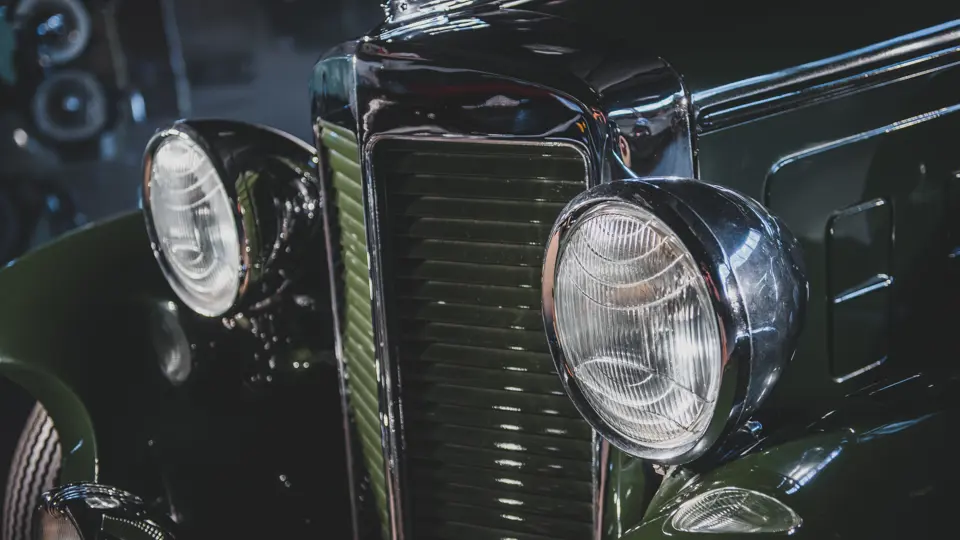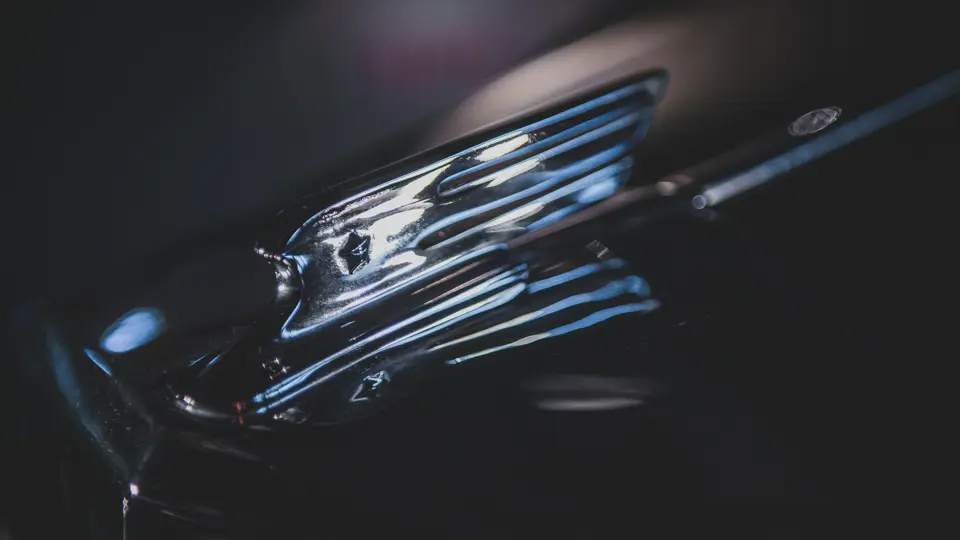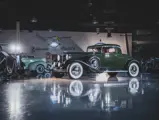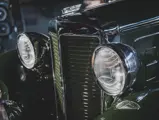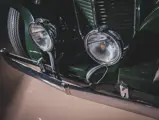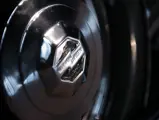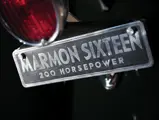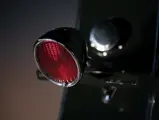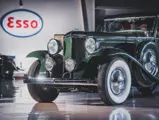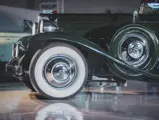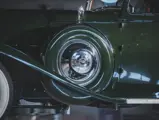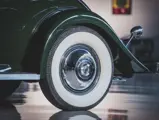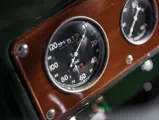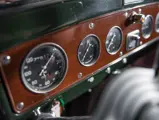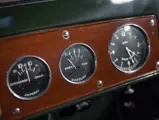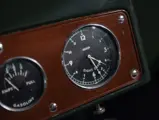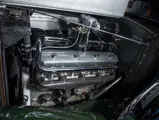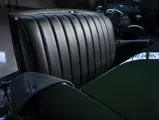
1932 Marmon Sixteen 2-Passenger Coupe by LeBaron
{{lr.item.text}}
$665,000 USD | Sold
The Richard L. Burdick Collection
{{bidding.lot.reserveStatusFormatted}}
- Offered from the Richard L. Burdick Collection
- Rare surviving Sixteen; documented by marque historian Dyke W. Ridgley
- One of only six surviving two-passenger coupes
- Exceptional older restoration, scoring 99.75 points
- Classic Car Club of America (CCCA) Senior Premier Badge 2381
The winter of 1930–1931 was a bittersweet time for Howard Marmon. His pièce de résistance, the Marmon Sixteen, had debuted to great acclaim at the Chicago Auto Salon in November and the following month he received a medal for outstanding achievement from the Society of Automotive Engineers, awarded for the Sixteen’s magnificent engine. Although a second shift was added to the assembly line when full production began in April, there was trouble at the Marmon Motor Car Company. As with other luxury car makers, its profits had turned to deficits as the Depression deepened, and two rounds of pay cuts were followed by layoffs of most engineering staff. What had once been a bright future had become very uncertain.
Howard Carpenter Marmon was the son of an Indianapolis manufacturer of milling machinery. With an engineering degree from the University of California, he joined the family firm, becoming vice president and chief engineer within three years. Enamored of all types of machinery, he built a car of his own design, completed in 1902. Remarkable for its use of full pressure lubrication, it had an air-cooled powertrain with no universal joints, made possible by mounting the running gear on a separate subframe. He built six cars in 1904, unusual in their use of aluminum castings in their bodies, and sold them to neighbors. By 1909, Marmon was in full production of water-cooled cars. The car operation was spun off from Nordyke and Marmon, the machinery firm, in 1926.
That same year, Howard Marmon began work on his masterpiece, a sixteen-cylinder luxury car. The heart of the new model was a lightweight, all-alloy 45-degree V-16 of 491 cu. in. Overhead valves were pushrod operated, and the aluminum block had wet cylinder liners. Its operation was so smooth that a light flywheel was possible, which in turn facilitated rapid acceleration. The valve gear was carefully designed to be compact and well lubricated, making it nearly silent, despite mechanical adjustment. The Sixteen developed 200 bhp, rode a 145-in. wheelbase chassis, and was clothed in attractive Art Deco bodies by LeBaron.
Magnificent though it was, the Marmon Sixteen was not ready for production until early in 1931, by which time Cadillac’s V-16 had been on the market for over a year. Initial prices were as low as $5,200, $750 less than the equivalent Cadillac, but Cadillac had a head start and the advantage of a larger business base. For the year, just over 200 Sixteens were produced, out of some 5,700 total sales. The total for 1932 was just 10 percent of an underwhelming 1,365 total cars. In hindsight, it seems odd that the eight-cylinder cars were discontinued entirely for 1933. However, it is not hard to understand with just 86 cars of all types sold that year, Marmon was in receivership by the first of May.
According to historian Dyke W. Ridgley, custodian of the Marmon Sixteen Roster, this Sixteen’s history is known back to 1955, when it was owned by L.M. McCrary III of Nashville, Tennessee. It was sold to Mitchell Magid, also of Nashville, in 1963 and eight years later to Gene Zimmerman, who exhibited it in his Automobilorama museum in Harrisburg, Pennsylvania. Kenneth Peterson of Kansas purchased the coupe from Zimmerman in 1979, and restored it over the following 11 years, then finally sold the Sixteen to Philip Bray of Grosse Ile, Michigan, in the spring of 1999.
Bray entered the car in CCCA competition, winning First Primary at a Michigan Grand Classic in 2001. It subsequently earned Senior honors in 2002 and Premier the same year, with 99.75 points. Raymond Drake, of Cripple Creek, Colorado, bought it from Bray in 2004, and it was acquired by the Burdick Collection in 2007.
Like all Marmon cars, it easily manages to be imposing without appearing flashy. Painted green, with an understated beige interior, it has metal-covered dual side-mount spares and Firestone Deluxe Champion wide whitewall tires accented with broad bright wheel discs. Senior Trippe driving lights nicely compliment the C.M. Hall Depress Beam headlamps. Interior touches include a crank-down rear window, with roller shade. The rumble seat is upholstered in correct pleated leather and features arm rests. There is a golf bag door on the right side. Mileage showing is slightly more than 31,000, commensurate with reported sightings during its history.
With its known history, and original engine and body, this Sixteen is among the best of its small constituency of survivors.




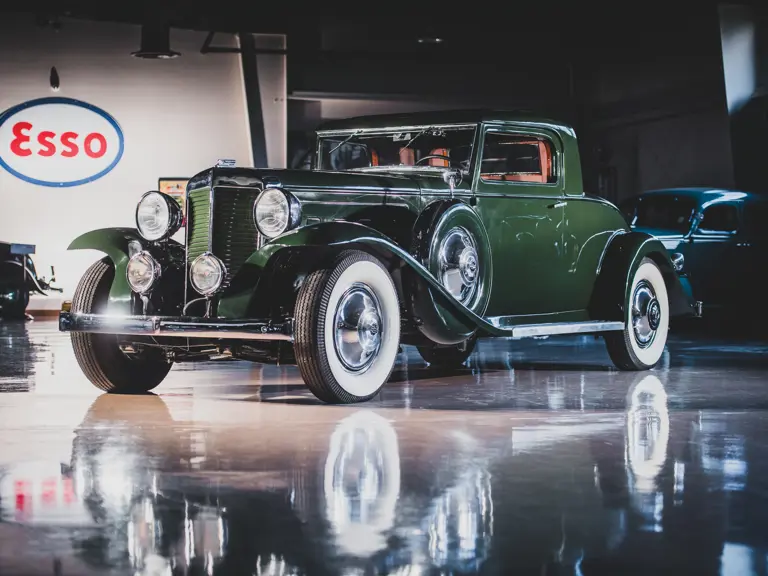
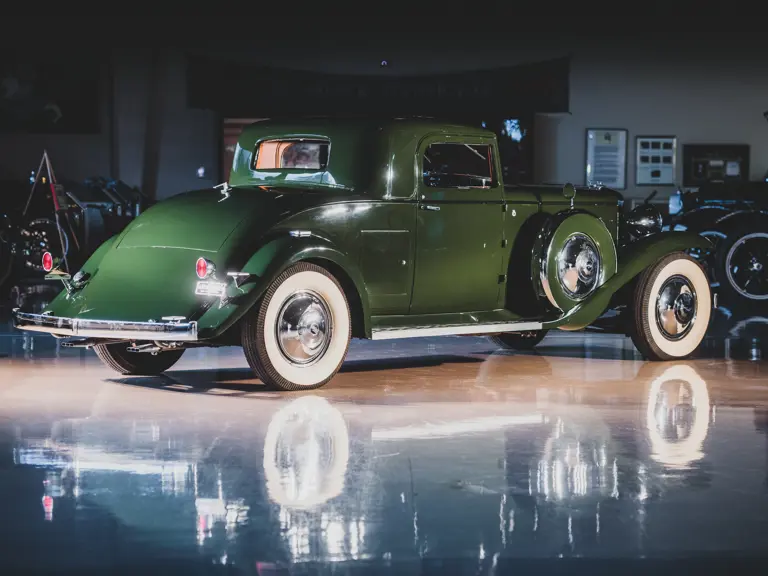
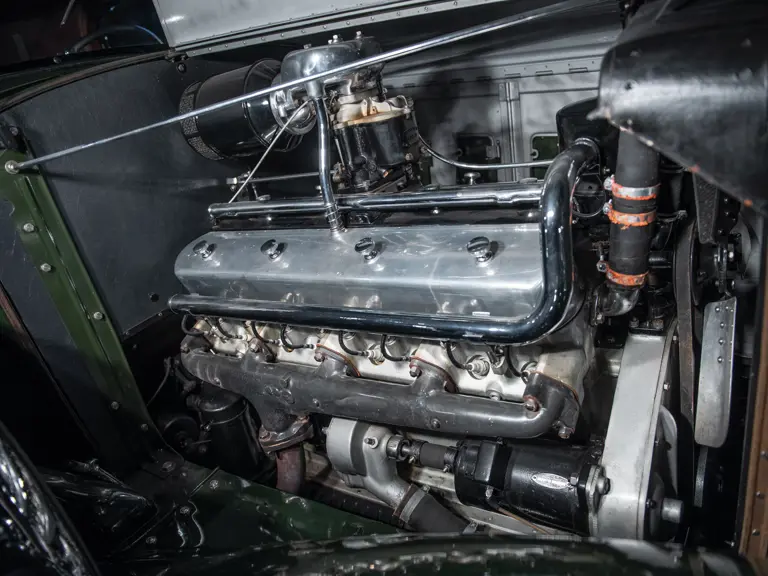
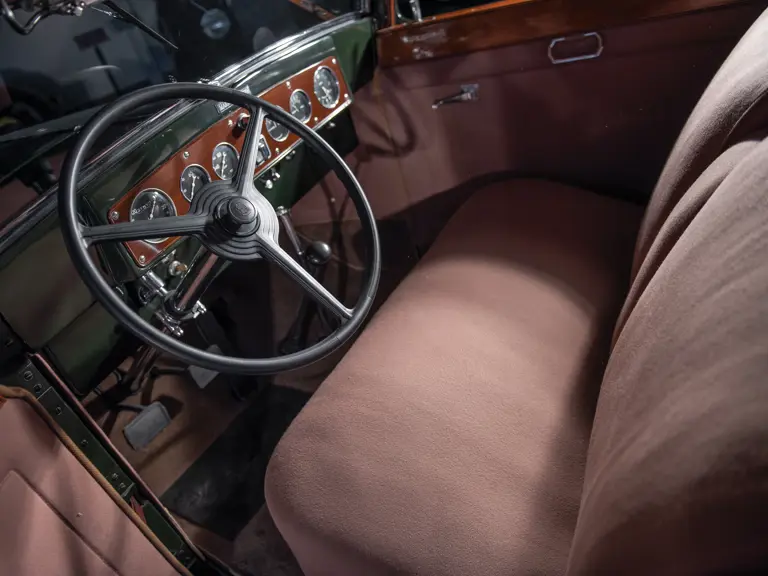

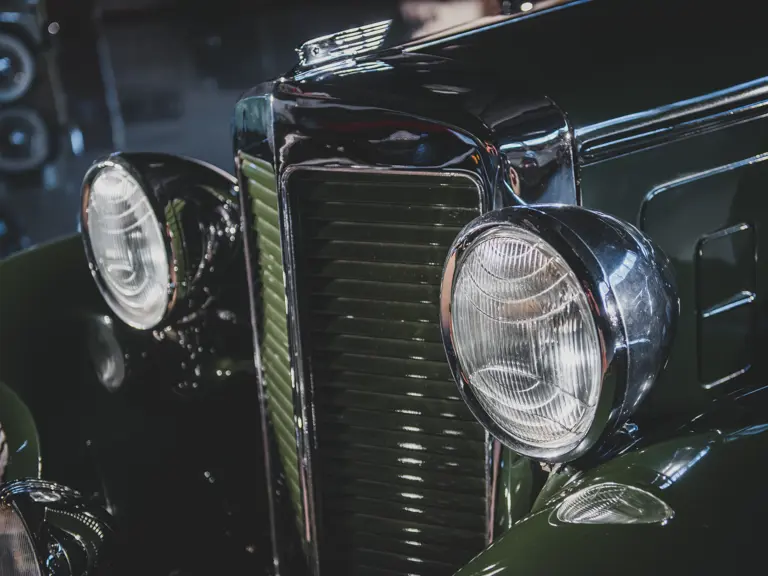
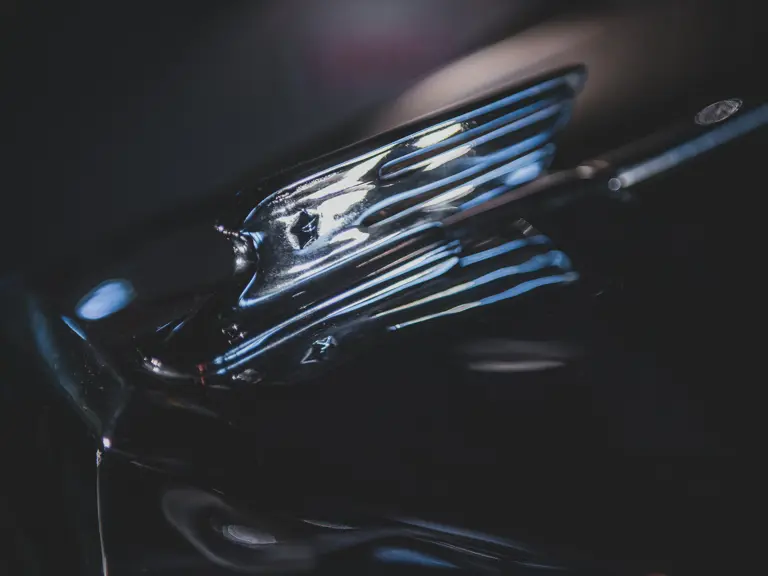
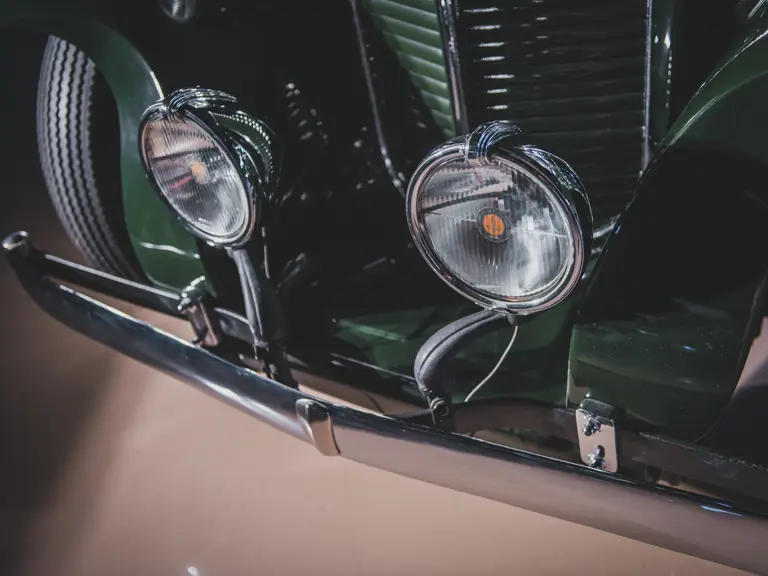
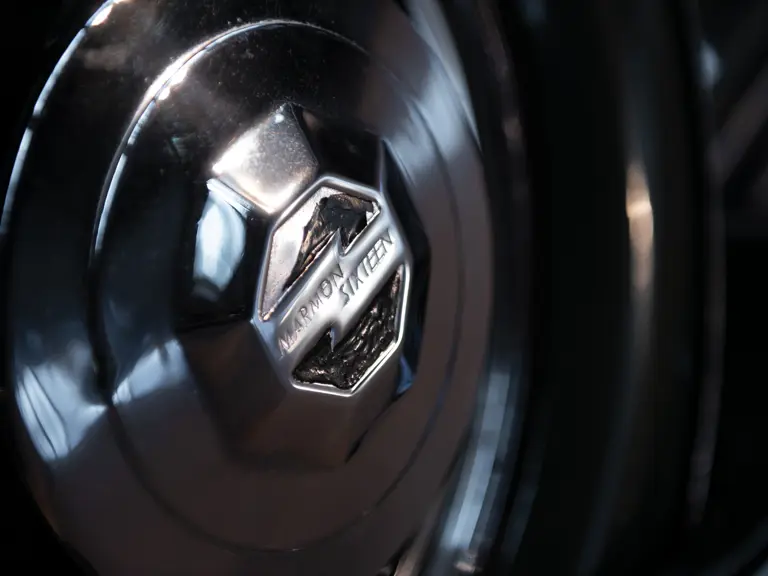
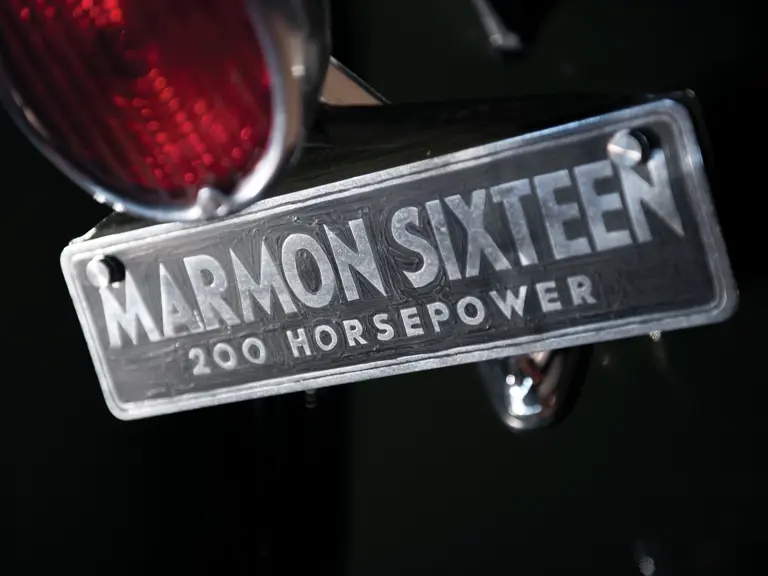
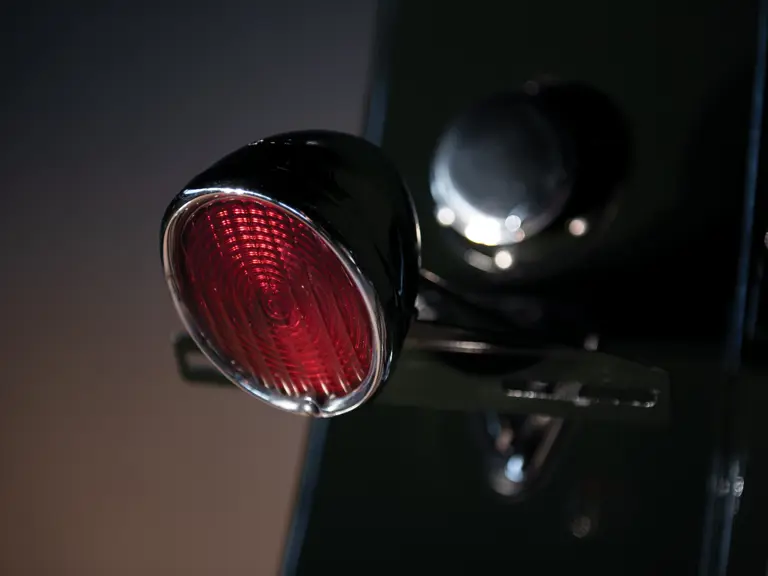
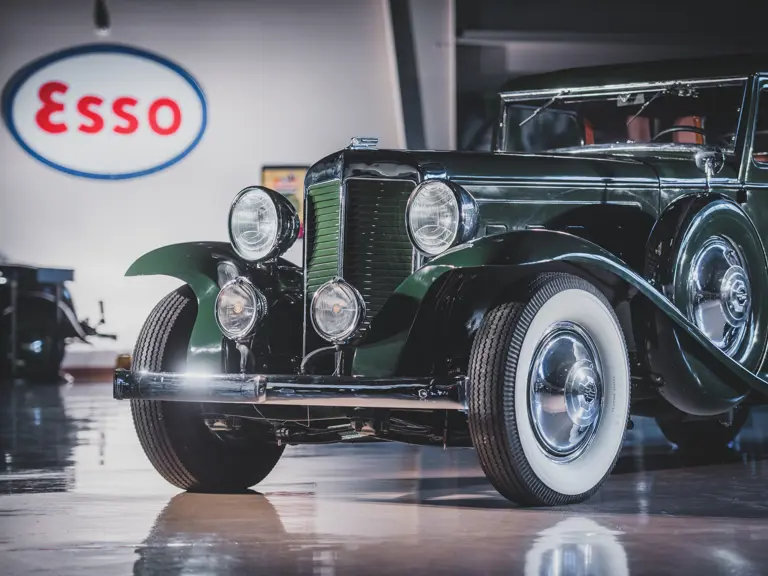

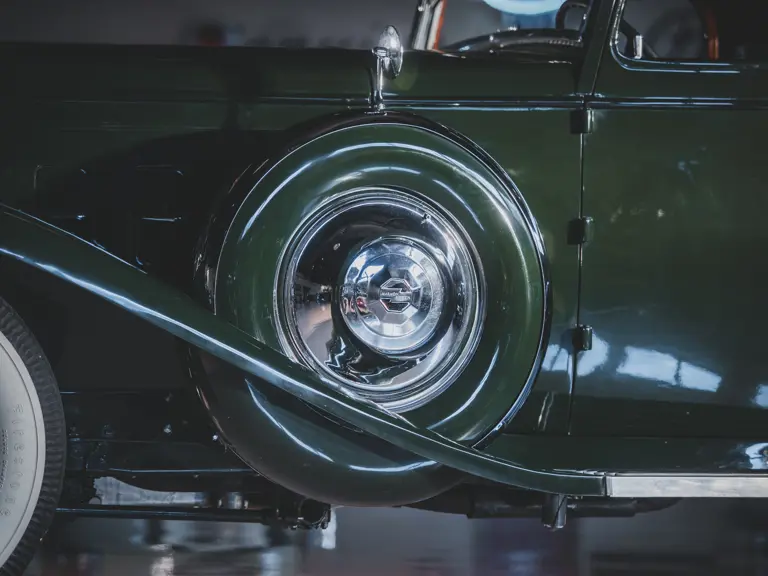

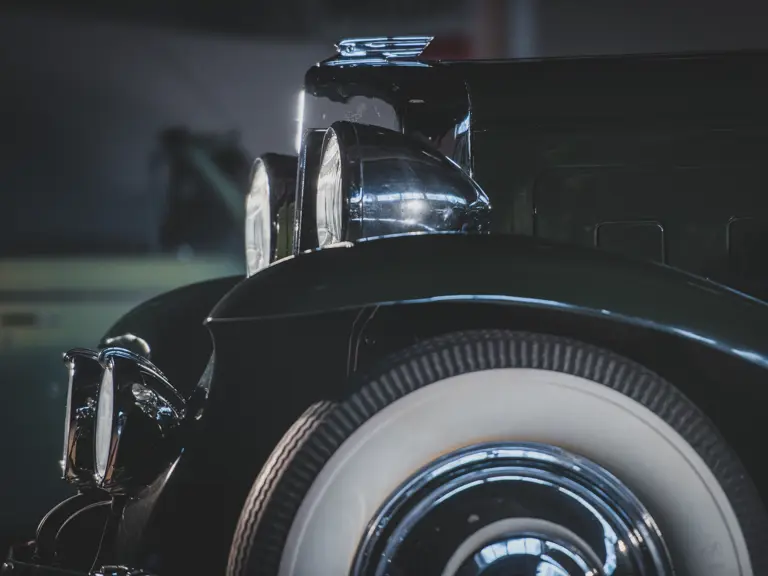
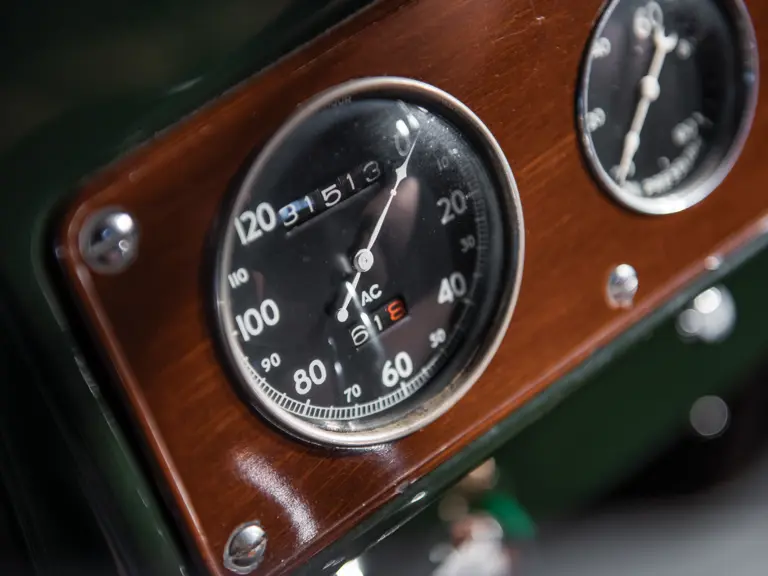
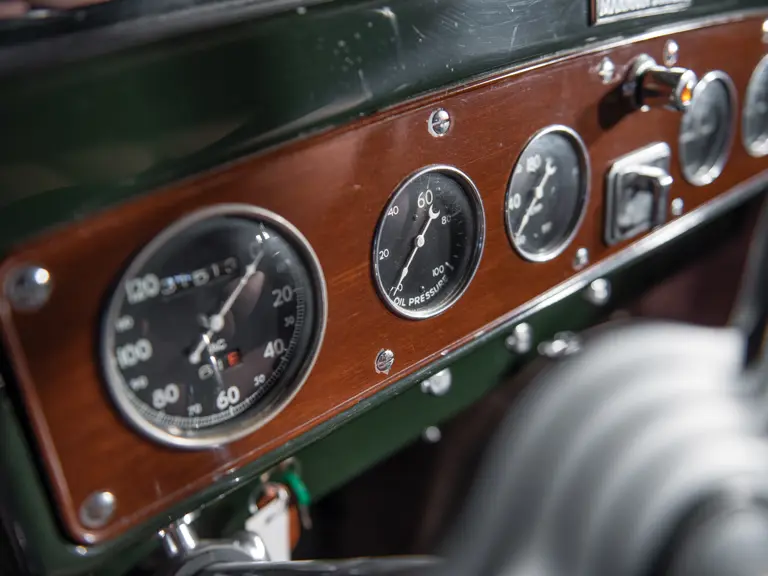
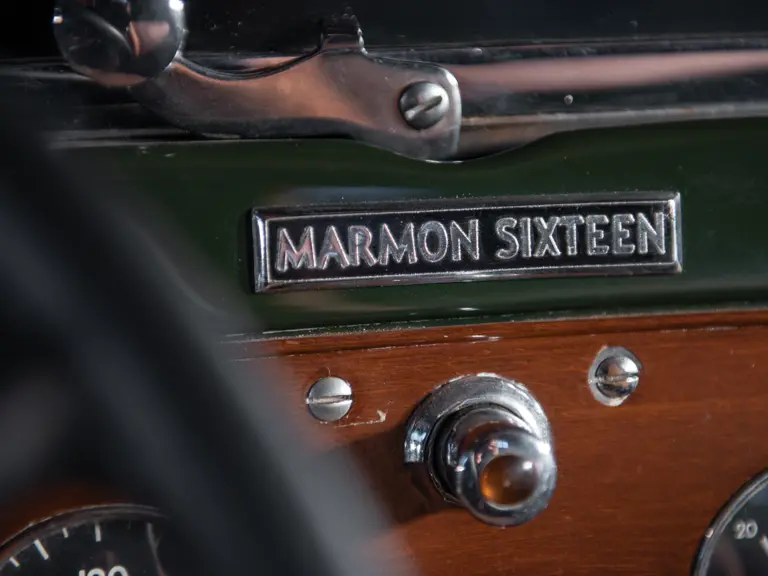
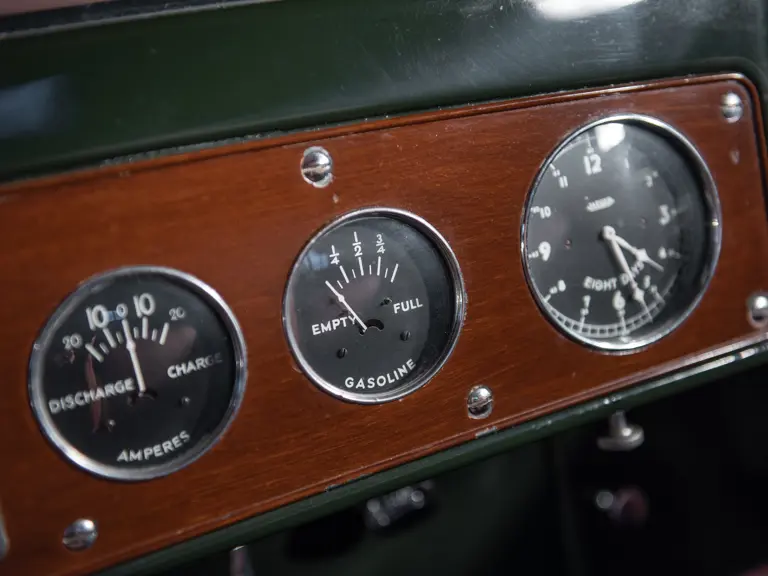

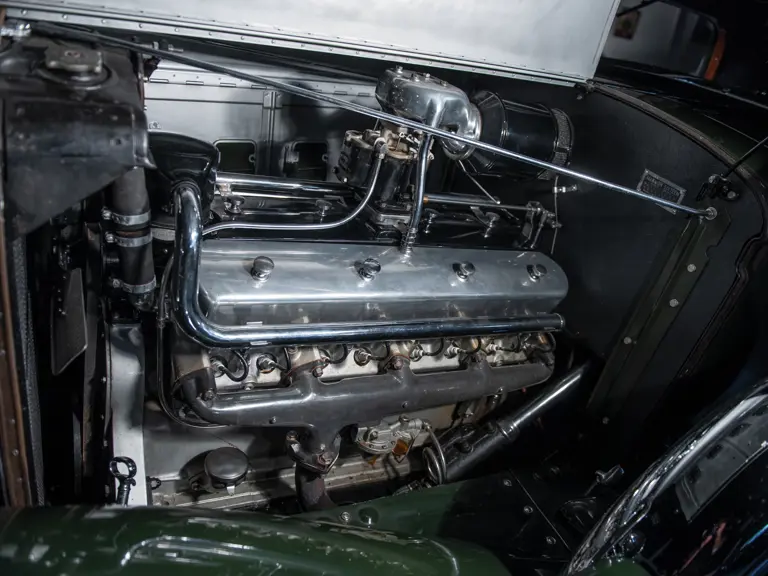
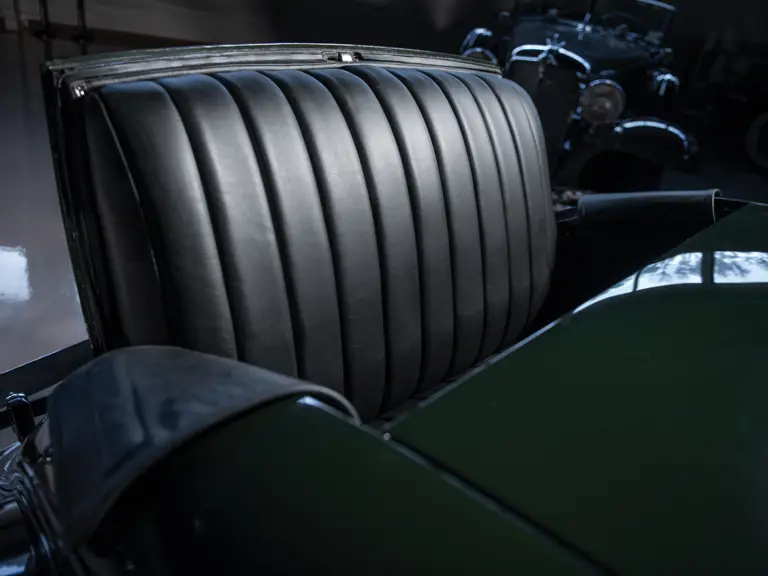
 | Phoenix, Arizona
| Phoenix, Arizona

